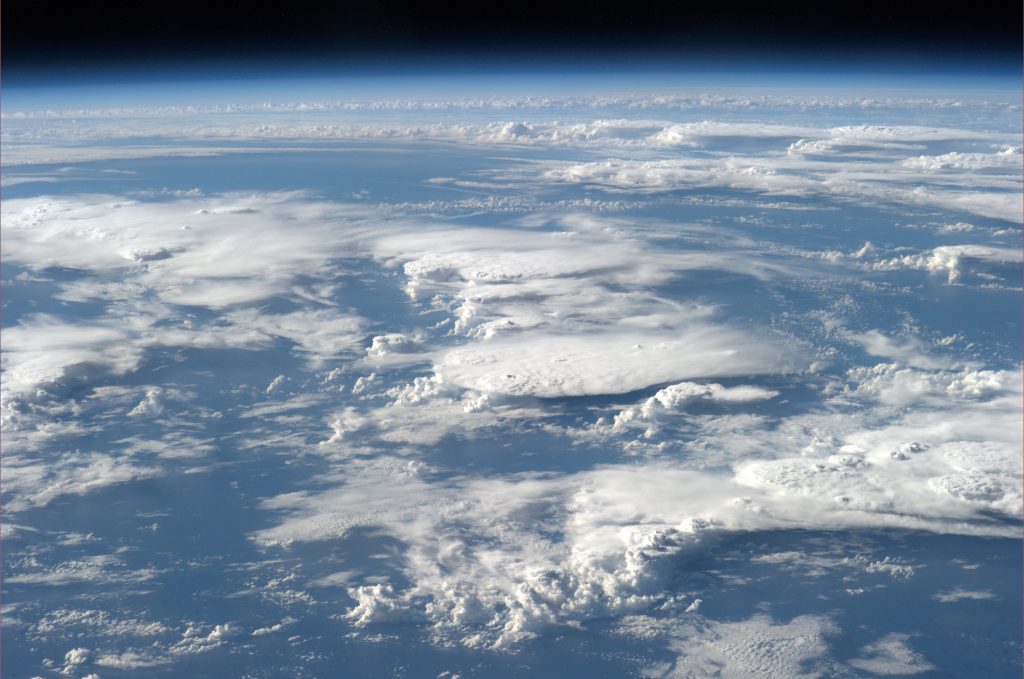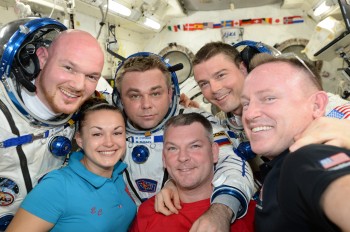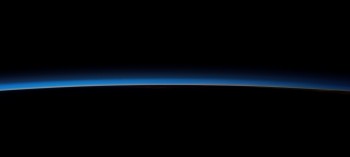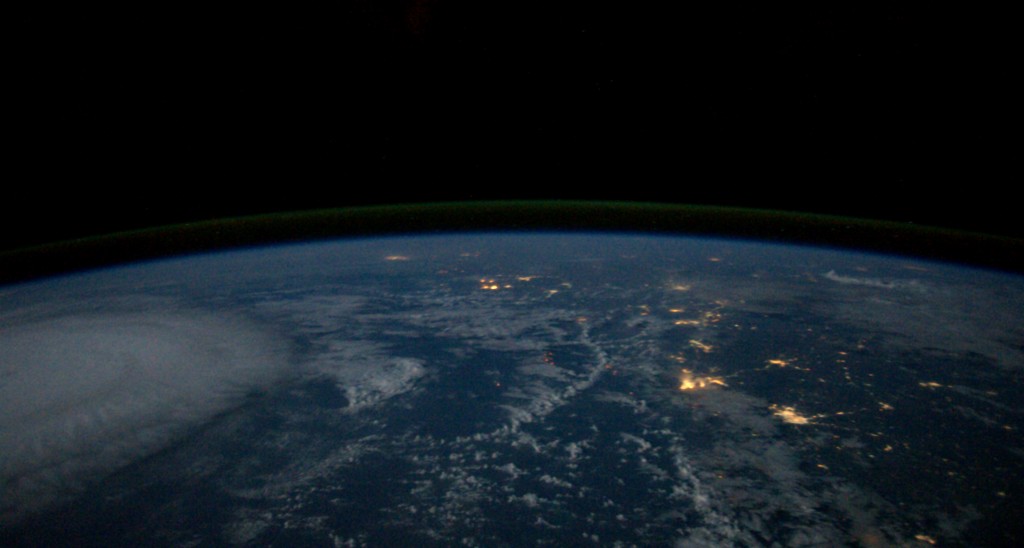I owe my life at this point to five letters: ECLSS. Of course I owe my life to many things, but floating up here in the vacuum of space it is our life-support system that takes a starring role in providing us with the basics of living: oxygen, water and a comfortable ambient temperature.
The space industry loves Three-Letter Acronyms (TLA) so the fact that the ECLSS has five letters is a testament to its importance for Max, Reid, Elena, Butch, Alex and me. It stands for Environment Control & Life Support Systems.
Note the plural “Systems”. Not one unit, but multiple machines spread out over the International Space Station to create oxygen for us to breathe and remove the carbon dioxide that we breathe out. The ECLSS recycles water from condensation, sweat and even our urine and turns it into drinking water.
Centrifuges spin to separate the water from gasses while filters remove contaminants. The system does the same as our ecosystem on Earth: recycling waste water to turn it into fresh water. The result is chemically pure, perfectly drinkable, and tastes great.
Our ECLSS does even more though, it keeps us warm or cool as needed, circulates our air, monitors its quality and gives us an early warning in case of noxious gas leaks or fire.
Life-support Earth
Unfortunately the system is not completely self-sustainable yet. Electrolysis is used to separate oxygen atoms from water, while the extra hydrogen is combined with carbon dioxide to make water again. The resulting methane is vented out into space. Regular supply ships such as the Progress, Dragon or ATV make up for lost molecules when they bring fresh supplies of oxygen, water and food.
I have used ESA’s space freighter ATV-5 that is now docked to our home to add some oxygen to our living space. I pressurised the Space Station by around 0.015 bar (12 mmHg) of pure oxygen.
The systems are not perfect yet and require maintenance often, so we spend quite some time working with them, such as cleaning filters, exchanging pumps and balancing out fluids in the different tanks. But every day we learn more about how to run these systems in space, and get a step closer to knowing how to build the life support system that will sustain a mission to Mars and beyond. Of course, this knowledge also helps us to build much more efficient waste treatment plants for use on Earth.
It was not until 2009 that the International Space Stations life support could handle more than three astronauts for longer periods. Working on the ECLSS I often think about how our beautiful planet silently supplies 7 billion people with what they need to stay alive.
As a single human being on Earth it is hard to encompass the intricate balance of organisms and processes that turn one beings waste into another’s source of life. Seeing this ecosystem from above – our pale blue dot – it is still unfathomable.
But one thing does become clear: our eco-system is not a silent all-encompassing never-ending resource, but a fragile, thin layer of life-support on what would otherwise be a world as barren as the Moon.
We need to take care of our life-support system on Earth, just as we need to maintain the ECLSS up here. Recycling, care and attention go a long way.








Discussion: 4 comments
Nice job my friend ! Keep share all with us :)
All you people out there you do a great job :)
Excellent job – thanks for the ride with your team. Good luck with future endeavors and hope to hear more about you and your work.
Best regards
Ihr Interview auf Deutschland Radio war prima, insbesondere die Aussage auf Besonderheit der Erde (99.99999% andere ist schwarzes nichts). Man sollte ISIS und andere Mitteloestliche Politiker 1 Monat lang dort oben schicken um Ihre Kaempfe in Perspektive zu bringen.